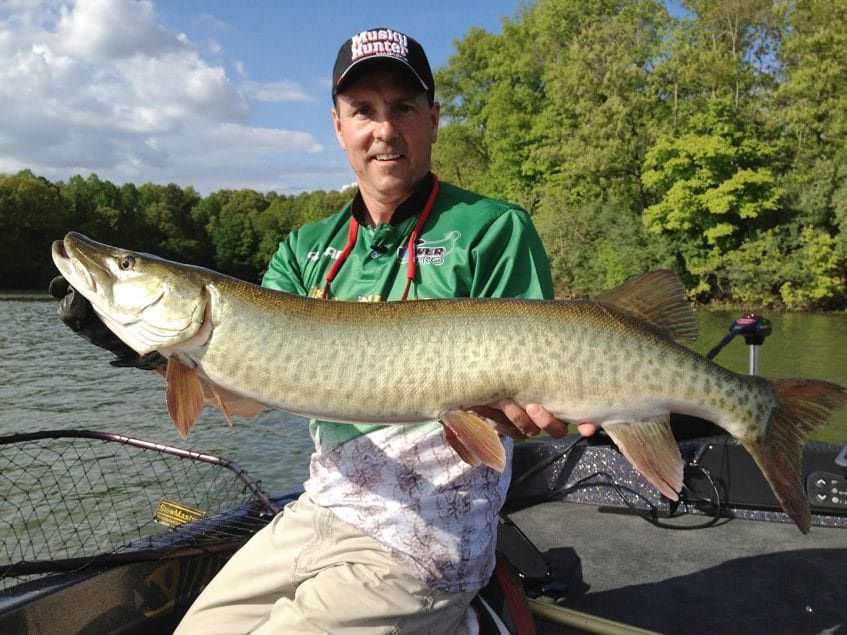Water-temperature wisdom
SHARE THIS POST

Knowing what to do at different water temperatures will help you catch that fish of a lifetime.
Despite making an occasional trek south, for years I’ve spent much time chasing muskies on the opening weekend throughout Wisconsin in pursuit of that first fish of the year. It’s always been a tremendous challenge, as the patterns seem to always be unpredictable from one year to the next. I remember talking with friends weeks prior to the opener trying to predict the weather and the water temperatures, only to arrive and have conditions totally different than what was anticipated. Some years the water temperatures could be in the mid-60s while other years could be mid-50s. You never know, and you can’t always predict where the muskies will be.
However, after several years of trying to second-guess these early-season fish, I decided to keep a more open mind and let the conditions come to me. Essentially, I forgot about specific cover types and focused on two things: water temperature and current. Current is always a big early season factor. In fact, many lake chains or reservoirs will have muskies directly below a damn or a spillway. Also, current from incoming creeks or channels always seem to attract them. So, rather than worrying about cover, I began simplifying the locational aspects of finding muskies by keying in on current areas, and more importantly, areas most likely to have the warmest water. You don’t really have to even know that much about this species, at this time. However, you do need to know which types of areas will have the warmer water or current.
Are you enjoying this post?
You can be among the first to get the latest info on where to go, what to use and how to use it!
Channels between lakes, backwater areas, and some smaller incoming creeks may have warm water. I always look for these shallow, wind-protected areas first. You’ll often find at least a 4-degree increase in water temperature in these channel areas compared with the main-lake location. Also, depending on the water clarity and bottom content, by midafternoon there can be an even greater discrepancy in water temperatures. These little areas seem to charge up the entire ecosystem this time of year and are a major reason why the muskies are present there.
Other areas to look in are the wind-protected bays in the northern portions of lakes, particularly the northeast corners. The northeast corner will see the most afternoon solar heat and gets the benefit of receiving warm surface water from warmer, prevailing southwest winds. Small, shallow bays are almost always the best lake location at this time. It is amazing how shallow the muskies will be in the early season so don’t be afraid to cast to the bank, even if vegetation is growing farther from shore. These muskies are not really edge-related at this time, but instead are roaming the flats and shoreline areas. MWO
To keep up on everything that’s happening in the outdoors right now, check out the May issue of MidWest Outdoors magazine, available the first full week of May at a newsstand near you. You may also subscribe to MidWest Outdoors online or by phoning 800-606-3474.
MWO
SHARE THIS POST
You may also like...
Nothing found.
Did you enjoy this post?
You can be among the first to get the latest info on where to go, what to use and how to use it!